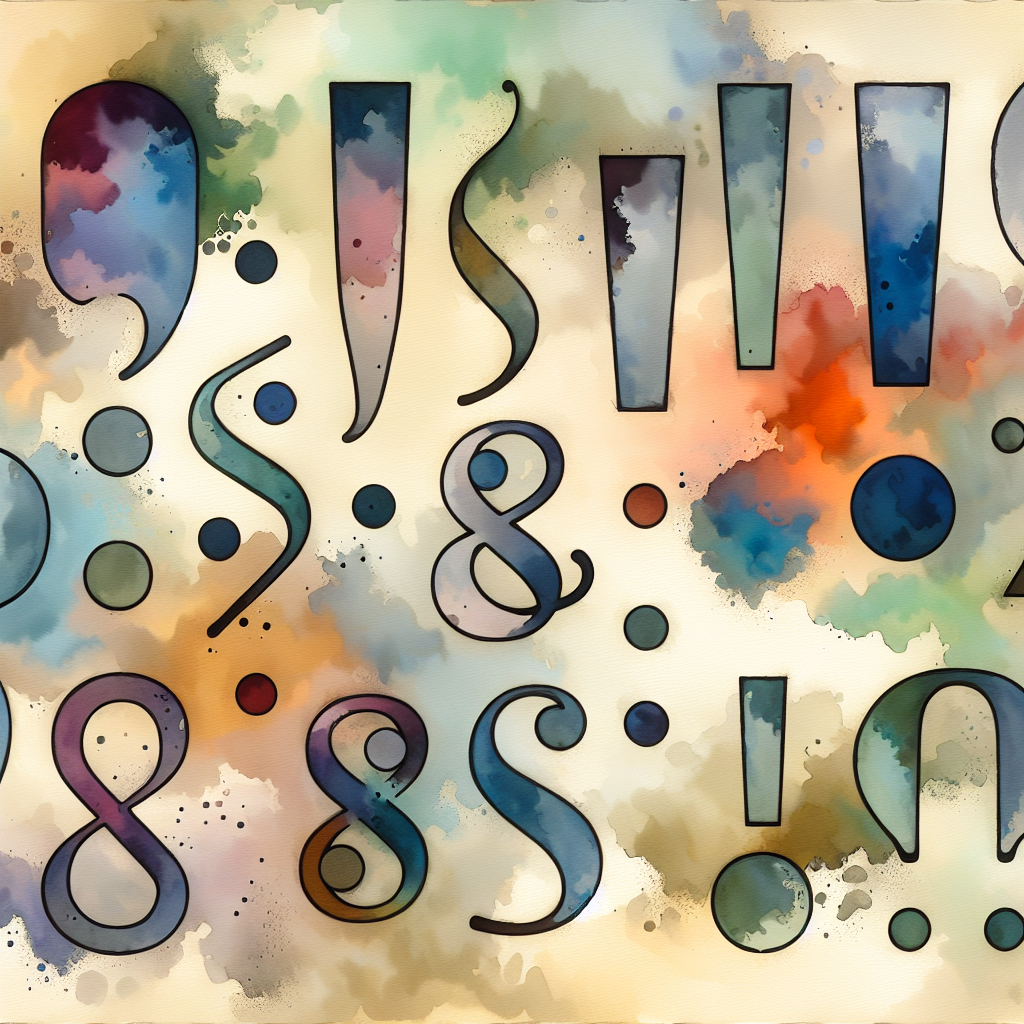Punctuation Marks


Common Punctuation Marks
Here are some of the most commonly used punctuation marks in English:
- Period (.)
- Used to end a sentence.
- Used after abbreviations (e.g., Dr., Mr., Mrs.).
- Used in decimals (e.g., 3.14).
- Comma (,)
- Used to separate items in a list.
- Used after introductory clauses.
- Used to set off parenthetical expressions.
- Used to indicate a pause in a sentence.
- Question Mark (?)
- Used to end a direct question.
- Exclamation Mark (!)
- Used to express strong emotion or surprise.
- Semicolon (;)
- Used to connect two independent clauses that are closely related.
- Used to separate items in a list that contain commas.
- Colon (:)
- Used to introduce a list or explanation.
- Used to separate the hour and minute in time.
- Apostrophe (”)
- Used to show possession.
- Used to form contractions.
- Quotation Marks (“”)
- Used to enclose direct quotes.
- Parentheses ()
- Used to enclose additional information.
- Dash (-)
- Used to indicate a sudden break in thought.
- Used to emphasize a word or phrase.
- Ellipsis (…)
- Used to indicate omitted words or sentences.

